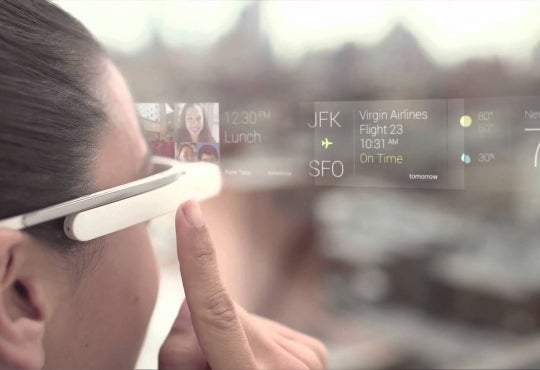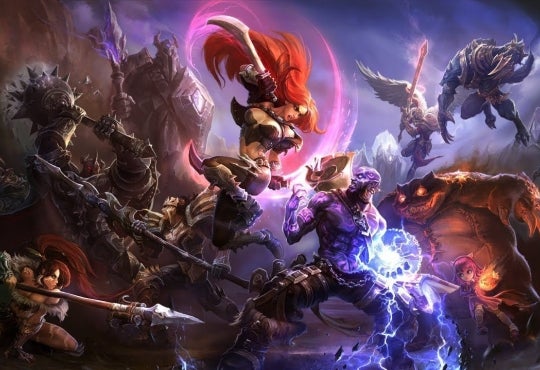The next generation of screen resolution is here. While debates are still going on about what this technology should be called, the manufacturers seem to go back and forth between “4K” and “Ultra High Definition (UHD)”. This technology promises four times the pixel resolution of the current high definition standard, 1080p, or 1920 by 1080 pixels. This format is loosely defined as “resolution with at least 3840 by 2160 pixels”. Unlike other resolutions, the 4K format was named for its fixed horizontal resolution, rather than vertical resolution used to name 1080p and 720p. This means that the aspect ratio change is made from the vertical resolution.
Commercially available TVs with 4K/UHD resolution usually come with 3840 by 2160 pixels. This is the equivalent of four 1080p TVs put together (hence the 4 times resolution). Another high resolution which is being employed for cinema projection or professional cameras is 4096 by 2160 pixels, also known as 4K by 2K.
This technology has existed for quite a while, but was only made public in the last few years. The Digital Cinema Initiatives (DCI) was formed in 2002 with the goal of standardizing resolutions and specifications. This is when the 2K resolution emerged, followed by 4K in 2005. Initially, the drive behind DCI was to keep the commercial cinema industry competitive with cable and on-demand TV. Movies shot in 1080p resolution are not adequate for a theater screen. Viewers who are close to the screen can clearly see the pixels.
As of 2014, there are still very few media materials widely available at 4K resolution. Current technology, like Blu-ray, does not have enough capacity to fit 4K resolution in one disc. Blu-ray players are also not able to read the 4K format. However, there are a few Blu-ray players that have an “upscale” ability from 1080p to 4K. This simply means that the players will be able to output 4K resolution format to a 4K TV from 1080p Blu-ray content. As for broadcast, satellite, and cable, the extra bandwidth required means updating current infrastructure, which is not in favour by the industry.
For streaming via the Internet, YouTube enabled 4K resolution support in mid-2010. At Consumer Electronic Show (CES) 2014, Samsung/Amazon and Sony/Netflix revealed that they have plans in motion for streaming 4K content. Sony has created a hard drive-based 4K/UHD player that will provide full length movies in 4K resolution. Netflix (Sony) has also demonstrated a possible way to stream 4K content with current technology through a new video compression technique. This was demonstrated at CES 2013 and they plan to start limited 4K streaming in 2014 based on Google’s newly developed VP9 video codec.
For consumers, the difference between 4K and the standard HD resolution is not really noticeable on TVs 50 inches or below. The real improvement here is in the 3D display. Currently, 3D TVs and projectors employ Passive Polarized Glasses for viewing. The glasses project slightly different perspectives of an image on to each eye, giving it a “3D feel”. But that “3D feel” also cuts down the resolution by a half for each eye. With 4K, the resolution in each eye will be boosted to 1080p, which is the standard HD quality.
TVs, projectors and monitors with 4K resolution capability have been available in the market for a while, though it’s only recently that the prices have dropped low enough to be affordable for the average consumer. For around $700 you can get yourself a Dell Ultra HD Monitor P2815Q, which will start shipping out worldwide in April 2014. However, it is only a 28 inch monitor. You’ll find as you go up the ladder, the prices sky rocket quickly: a 32 inch Sharp PN-K321 will cost you around $3,595. However, fret not consumers, prices for these 4K TVs will drop as this technology becomes more common.
References
[i.] [4k Resolution]. (n.d). Retrieved from https://saveelectronics.com/wp-content/uploads/2016/07/4k-vs-hd-tv.jpg











